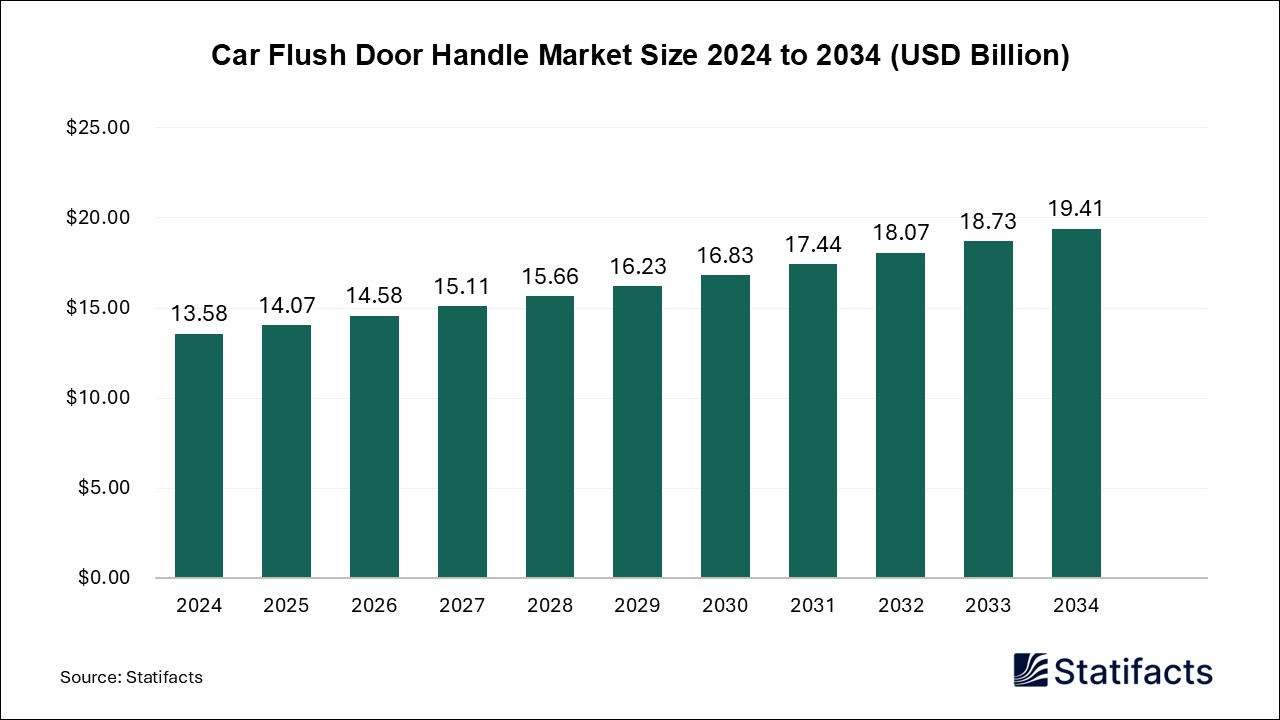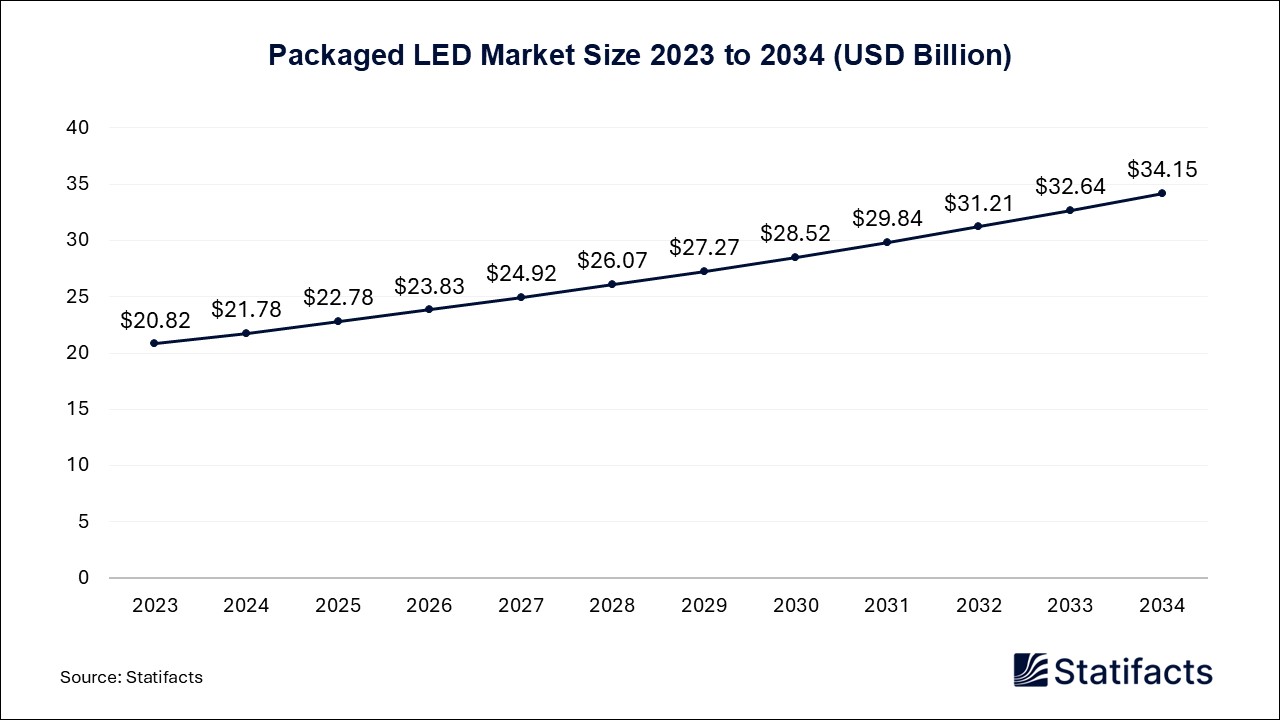

Our customers work more efficiently and benefit from
The global pain management therapeutics market size was valued at USD 85.19 billion in 2024 and is expected to hit around USD 124.89 billion by 2034 with a CAGR of 3.9% from 2025 to 2034.
| Industry Worth | Details |
| Market Size in 2024 | USD 85.19 Billion |
| Market Size in 2025 | USD 88.51 Billion |
| Market Size by 2034 | USD 124.89 Billion |
| Market Growth Rate from 2025 to 2034 | CAGR of 3.9% |
The pain management therapeutics market is quickly developing owing to rising incidence rates of chronic disorders such as arthritis, neuropathic pain, and postoperative pain. As physicians look for treatment products with more efficacy and fewer side effects, they are highly interested in novel analgesics, such as biologics and non-opioids. Furthermore, improved drug delivery formulations and a greater need for personalized medication are projected to drive market expansion. The shift towards safer and more sustainable pain treatment options continues to drive innovation and investment in this quickly changing market.
The growing prevalence of chronic pain diseases such as arthritis, cancer pain, lower back pain, and neuropathic pain is a significant driving force in the pain management therapeutics market. Aging, lack of exercise, and increasing prevalence of chronic diseases are all major drivers of demand for efficacious pain-relieving drugs. Pharmaceutical companies, therefore, are investing heavily in developing sophisticated pain management solutions in order to address the expanding population of patients.
A robust market trend in the direction of non-opioid analgesics is resulting from opioid addiction and abuse fears. Governments, as well as healthcare institutions around the globe, are enforcing greater control over prescriptions of opioids and encouraging the shift to alternative means of pain control. Non-steroidal anti-inflammatory drugs (NSAIDs), antidepressants, anticonvulsants, and cannabinoid-based medicine are becoming more popular as safer alternatives for opioids. Such a trend can propel the future growth of the non-opioid analgesics market segment.
The pain management therapeutics market is experiencing strong advances in drug development, such as extended-release formulations, targeted drug delivery systems, and biological therapies. Personalized medicine is also emerging as a primary focus area, with scientists studying genetic and molecular markers to individualize pain management treatment for each patient. Advances in biotechnology and pharmacogenomics are expected to increase treatment efficacy, reduce side effects, and drive market expansion.
Despite its growth, the market for pain management therapies is plagued with challenges, including tight regulatory requirements and concerns about the negative effects of pain medications. Opioid analgesics, more so, are strictly regulated by the government as they have been found to pose a risk of addiction and abuse. Moreover, NSAIDs and other analgesics have a tendency to induce side effects such as gastrointestinal disturbances and cardiovascular events. Such elements can constrain the growth of markets, which motivates pharmaceutical organizations to invest in creating safer and more effective versions.
Artificial intelligence (AI) is transforming medication discovery and development in the pain management therapeutics market. AI-based algorithms are used to identify new medication candidates, predict patient responses, and plan ideal clinical trials. Machine learning models process enormous volumes of data to accelerate research into novel painkillers, reducing the time and cost associated with traditional medication development techniques. In addition, AI-based diagnostic technologies are enhancing pain assessment, allowing for more precise and individualized treatment plans. These advances are expected to play a significant role in driving market expansion by improving therapeutic efficacy and patient outcomes.
Rising economies in Asia-Pacific and Latin America present lucrative potential for industry expansion. Government programs for increasing access to pain relief treatments also promote market growth. The global opioid epidemic has accelerated the development of non-addictive pain medications. Pharmaceutical firms are investing in new compounds that effectively manage pain without the risk of addiction. Advances in regenerative medicine, biologics, and cannabinoid-based treatments offer great promise for the future of pain management. The use of digital health technologies, including mobile apps and wearable pain management devices, is revolutionizing the market. These devices allow real-time monitoring of pain, medication monitoring, and remote patient management. The convergence of telemedicine with pain management treatments is likely to increase treatment access and compliance, propelling pain management therapeutics market growth.
Published by Laxmi Narayan , March 2025
For any questions about this dataset or to discuss customization options, please write to us at sales@statifacts.com
| Stats ID: | 8053 |
| Format: | Databook |
| Published: | March 2025 |
| Delivery: | Immediate |
| Price | US$ 1550 |



| Stats ID: | 8053 |
| Format: | Databook |
| Published: | March 2025 |
| Delivery: | Immediate |
| Price | US$ 1550 |

You will receive an email from our Business Development Manager. Please be sure to check your SPAM/JUNK folder too.

Unlock unlimited access to all exclusive market research reports, empowering your business.
Get industry insights at the most affordable plan
Stay ahead of the competition with comprehensive, actionable intelligence at your fingertips!
Learn More Download
Download

